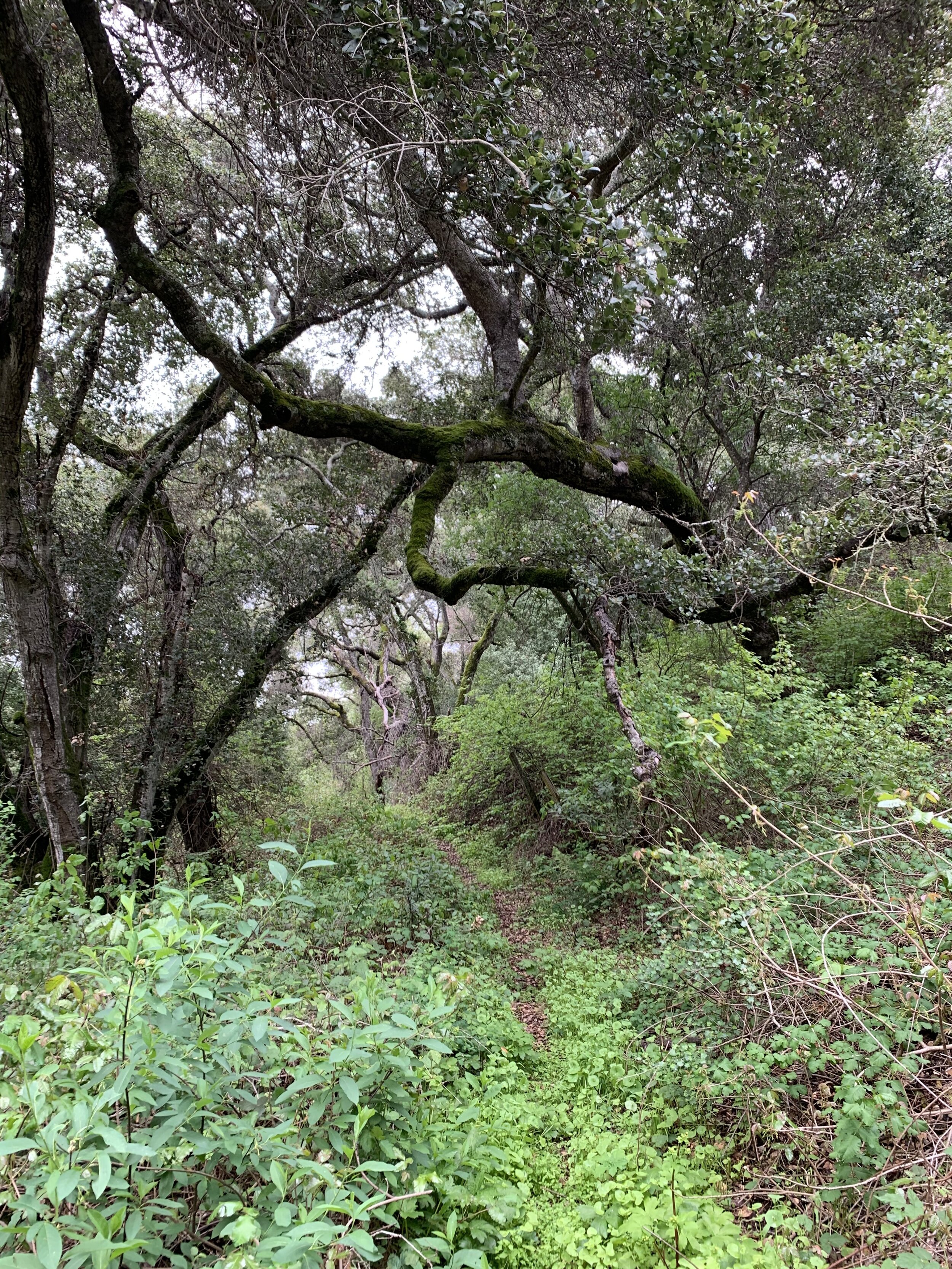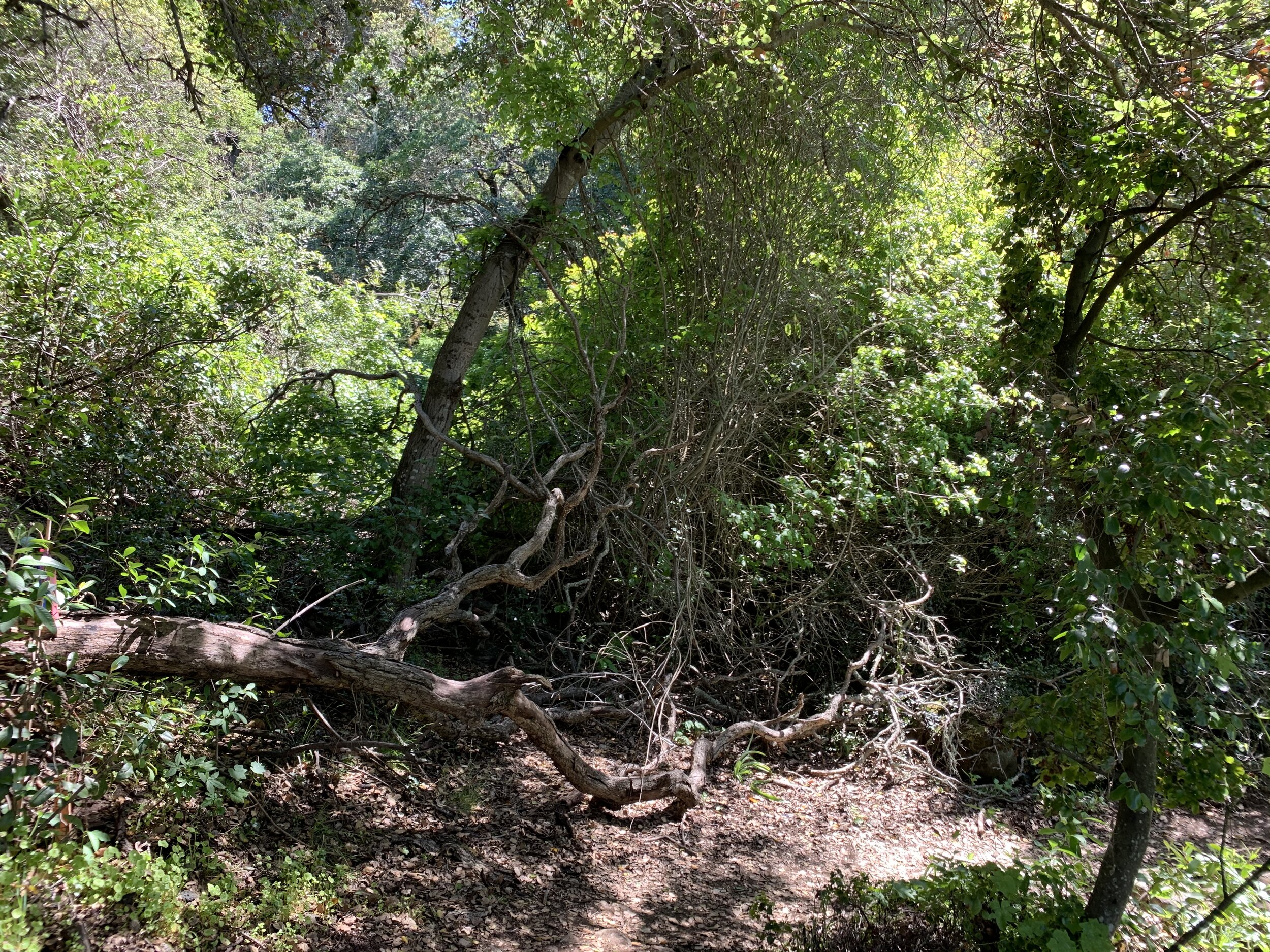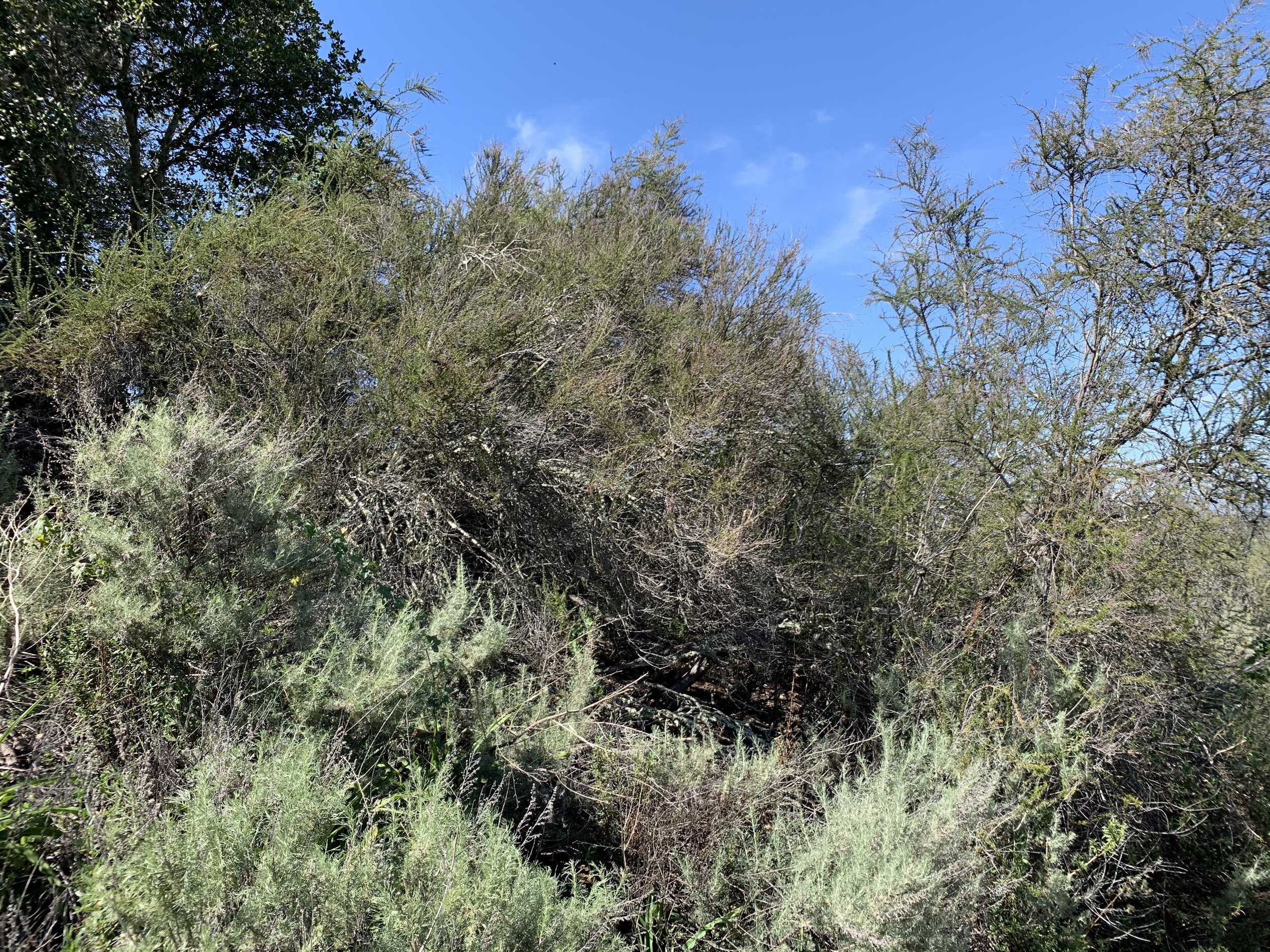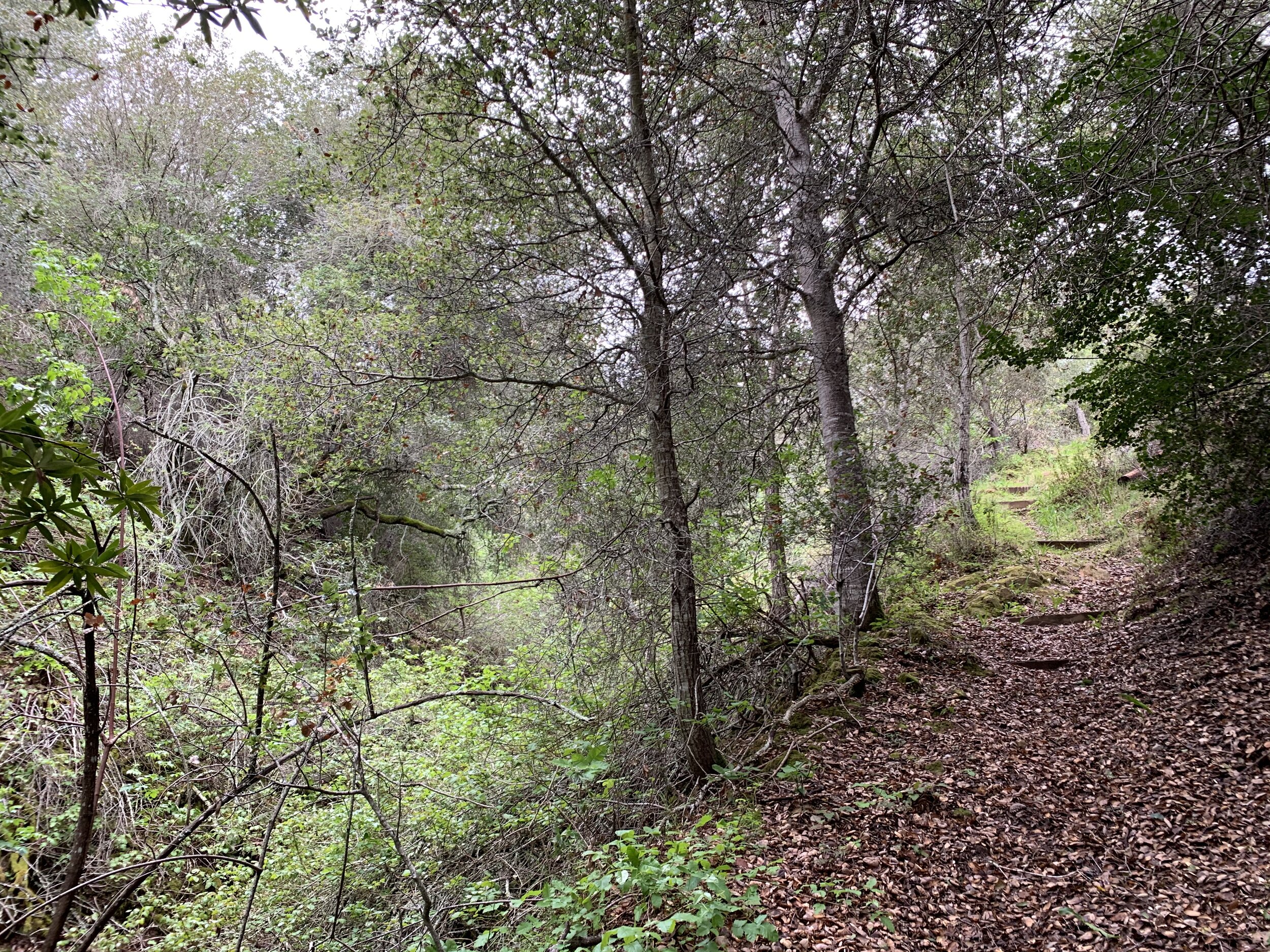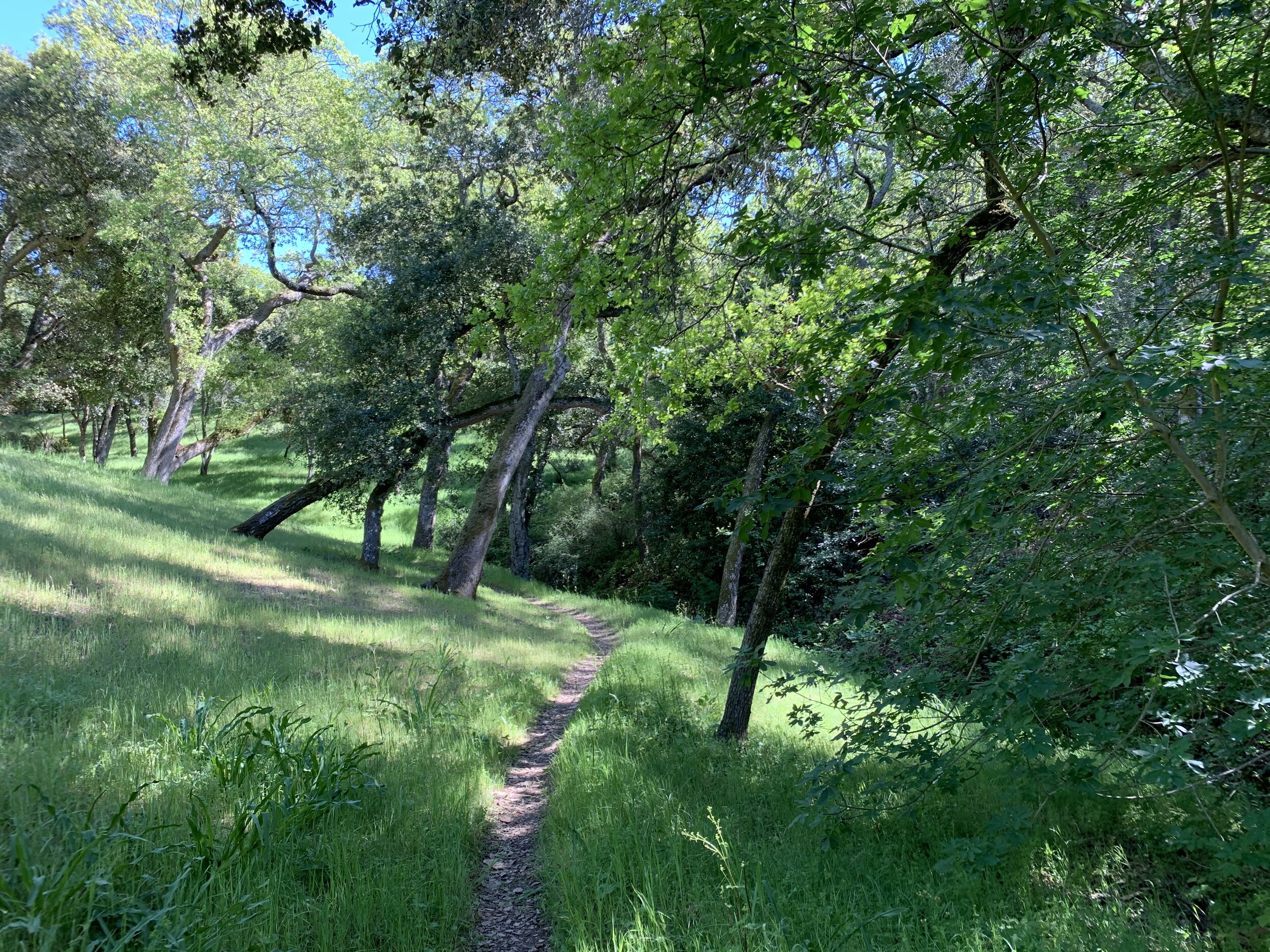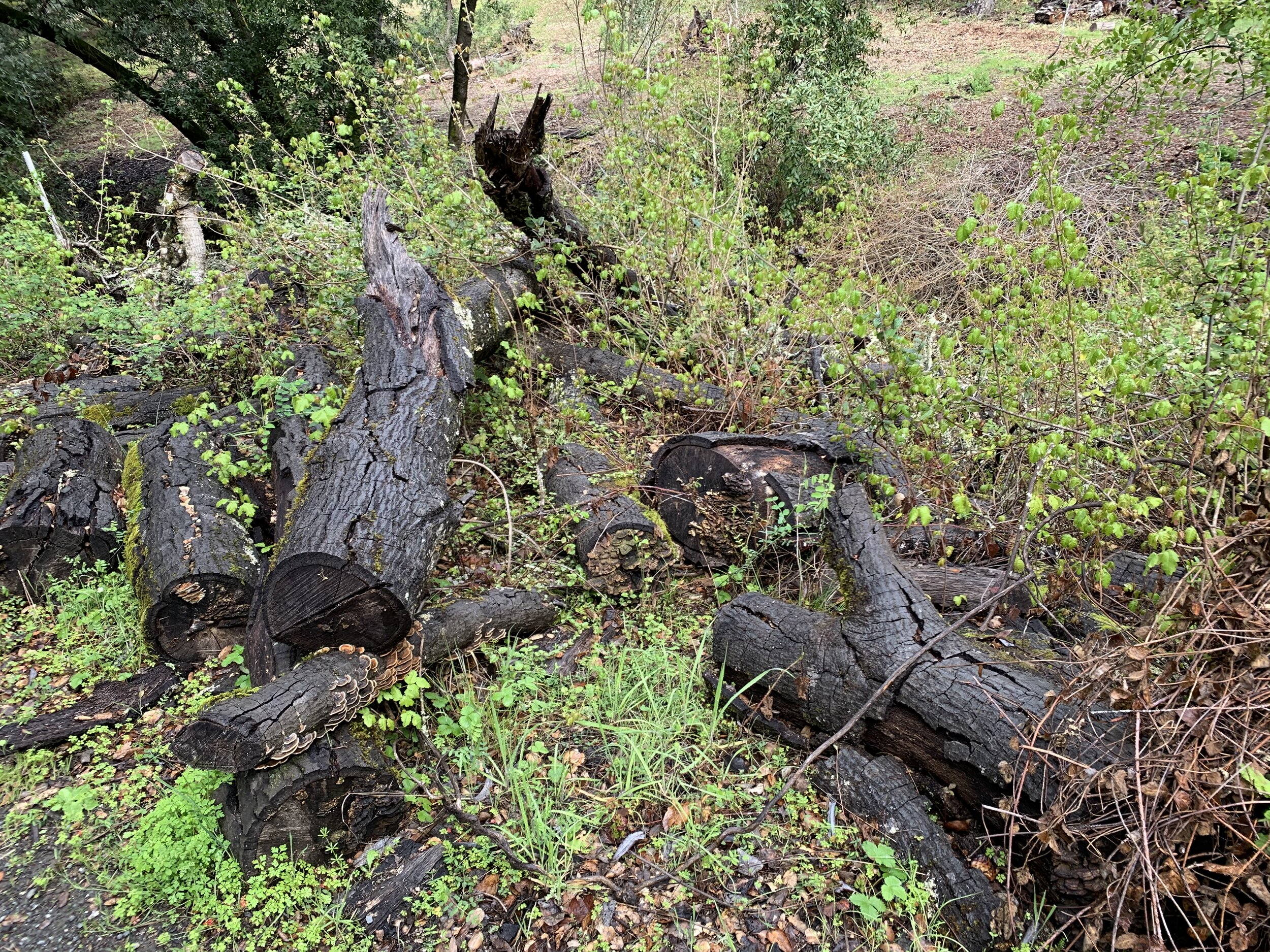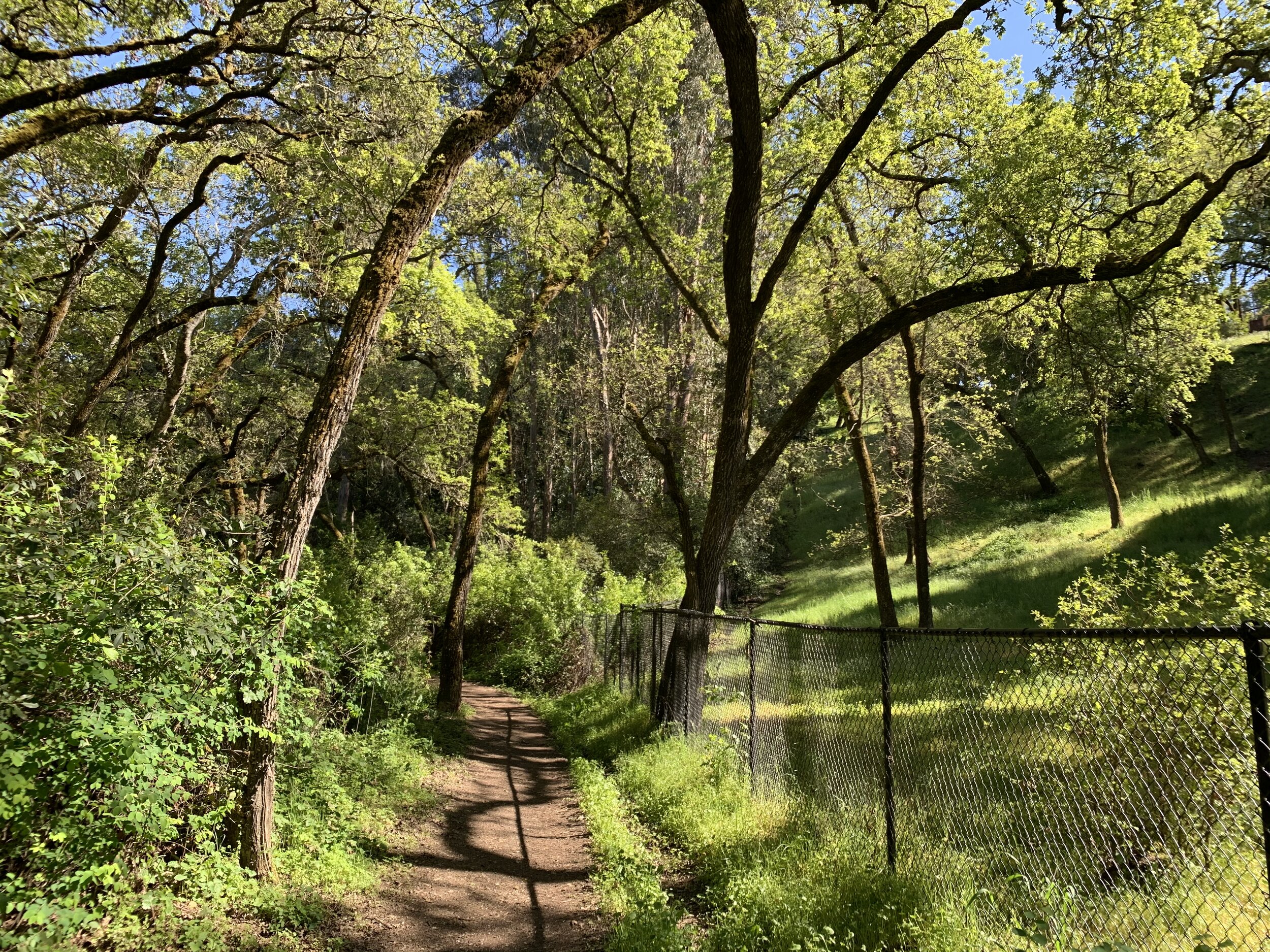Wildfire prevention
Effective steps to prevent or significantly reduce the risk of wildfire require coordinated, collective action. While there is little that local or even regional governments can do to meaningfully address the weather and climatic variables affecting fire behavior, there is much that can be done by local government, homeowners’ associations and individuals to address the effects of topography and available fuels.
Topography and Physical Setting. The first and perhaps most important defense against wildfire is sound land use planning and regulation. By applying the lessons of wildfire behavior and spread to the regulation of land use and subdivision, building site selection and permissible development, the town can act to protect the community from unnecessary risks of wildfire propagation and spread caused by reckless, risky development.
The uncertainty created by the potential interaction of seismic events with topography only underscores the importance of prudent, risk-based land use policies and regulations to anticipate and minimize the combined hazards of earthquake and wildfire.
Wisely, the Land Use, Open Space and Safety elements of Portola Valley’s General Plan were each drafted and adopted with these insights in mind.
As the General Plan’s introduction makes clear, one of the town’s major community goals is “to guide the location, design and construction of all developments … to reduce the exposure of people and improvements to physical hazards such as earthquakes, landslides, fire, floods, traffic accidents and to provide evacuation routes for emergencies.”
That is why the Land Use element seeks “to ensure that development in areas subject to geologic, fire and flooding risks is controlled so that people and structures are not exposed to unacceptable levels of risk.” It is also why “steep slopes, potentially unstable ground, canyons and ravines should be left undisturbed as residential open space preserves.” And why, “to the maximum extent possible, these preserves should be kept free of structures and left in a natural condition with respect to terrain and vegetation.”
Similarly, the Open Space element seeks to protect the animal habitats and watersheds found throughout our steep canyons and ravines by preserving them as open space preserves unsuitable for development. “Areas hazardous to the public safety and welfare should be retained as open space,” including “slopes generally over 30 percent,” “bands on either side of known fault traces sufficient to include lands of probable ground rupture,” “areas of geologic instability” and “streams and their flood plains.”
The General Plan’s Safety element strives to “define the relative degree of risk in various parts of the planning area so that this information can be used as a guide for minimizing or avoiding risk for new construction,” “to minimize the risk to human life from structures located in hazardous areas,” and “to provide a basis for designating land uses that are appropriate to the geologic, fire and flooding risks in the planning area.” However, “just because natural hazards can be mitigated does not mean in all cases they should be, especially if such mitigation would produce results that are in conflict with the conservation element, the land use element, the open space element, or other sections of the general plan.”
These policies are carried forward and implemented in the Town’s subdivision and zoning ordinances, which require conformance of all proposed subdivisions with the General Plan as well as all subdivision and zoning regulations, including minimum lot sizes; the spacing, size and distribution of structures on the land; minimum setbacks; grouping or clustering of buildings; minimum width right of ways and streets; pedestrian, bicycle and equestrian paths and trails; and open space or conservation easements. However, as with all Town policies and regulations, their consistent enforcement is dependent on the Town’s elected and appointed officials.
Vegetation and Fuels Reduction. The initiative of individual property owners to mitigate fire risk through constant management of vegetation and other fuels on their respective properties is necessary but not sufficient to meaningfully reduce the risk of wildland fire.
The risk of wildfire spread is not restricted to individual properties, and cannot effectively be abated by individual action alone. Even if 70% of property owners diligently and consistently managed the fuel loads of their respective properties, the risk created by the 30% of owners who do not do so can still create a community-wide threat.
The threat of wildfire poses a form of “prisoner’s dilemma” for property owners. By reducing and managing the combustible fuels on my property, I can partially reduce the threat of wildfire to my property as well as the properties of my neighbors. My neighbors benefit from my unilateral action, but will they all reciprocate and similarly reduce and manage combustible fuels on their properties?
Given the nature of wildfire expansion and spread, an individual property owner cannot achieve a significant reduction in wildfire threat to his or her property unless virtually all of the neighbors within a considerable radius similarly reduce and manage the fuel loads on their respective properties. Only through coordinated, effective community-wide action is it possible to significantly reduce the risk of wildfire to each member of the community. How do we organize ourselves to make that happen?
There are at least two alternatives. The first is by means of Town initiative and legislation. The second is by means of private agreement and enforcement through homeowners’ associations.
The necessary action should and must begin with the Town. At least three Town initiatives are needed.
The first is simple. The Town controls multiple properties and easements throughout Town for which it must assume responsibility for firesafe management. That includes the removal of excessive vegetation from Town right of ways to ensure clear routes of access and egress in emergencies, removal of excessive vegetation from Town-owned properties, and removal of excessive vegetation from creekbeds and trails in which the Town claims any easement. The Town’s practice to date has been to clear trails by throwing slash to the side of the trail or in nearby creekbeds, thereby increasing rather than reducing the fuel load and fire danger. That practice must be reversed.
Second, the Town should amend the Safety element to include a comprehensive wildfire prevention and protection plan. The plan should incorporate the lessons learned about the factors affecting wildfire behavior and spread from California’s most recent experiences, make clear that future land use decisions and development projects must not adversely impact the community’s interest in wildfire prevention and protection, and set forth appropriate objectives, policies and standards to prevent wildfire, reduce the factors that cause or contribute to the spread of wildfires, and protect the community against these hazards.
Third, the Town should adopt amendments to the Municipal Code mandating wildfire planning in all development projects and requiring the reduction and removal of excessive vegetation and other fuel loads from high fire risk properties. Portola Valley’s Municipal Code can and should be amended to implement a fire safety ordinance that requires owners to reduce combustible fuels on properties determined to present a high risk of fire based on annual inspections by the Woodside Fire Protection District.
In addition to Town action, there is of course a clear need for private individual action and for collective private action by Portola Valley’s various homeowners’ associations. Such private individuals and groups have the incentive and means to organize and execute neighborhood-wide programs of fuels reduction if they choose to do so. But will they choose to do so?
Where CC&R’s provide for annual assessment of association fees, such fees can be expanded and directed to pay for neighborhood-wide reduction of flammable vegetation and other fuel sources. Where CC&R’s do not exist or do not provide for such annual assessments, neighborhood compacts can be formed or amended to make provision of such payments to fund collective fire safety actions.
A nationally recognized model for collective private action already exists in the Firewise USA Program from the National Fire Protection Association. One neighborhood, Portola Valley Ranch, is already in place as a recognized Firewise Community. More neighborhoods and communities throughout Portola Valley should consider taking this step.
The Woodside Fire Protection District’s website posts an excellent pamphlet on Defensible Space around a residence.
The Redwood City Fire Department’s website posts an excellent and more extensive pamphlet on Defensible Space and Fire Prevention in the wildlands-urban interface.


